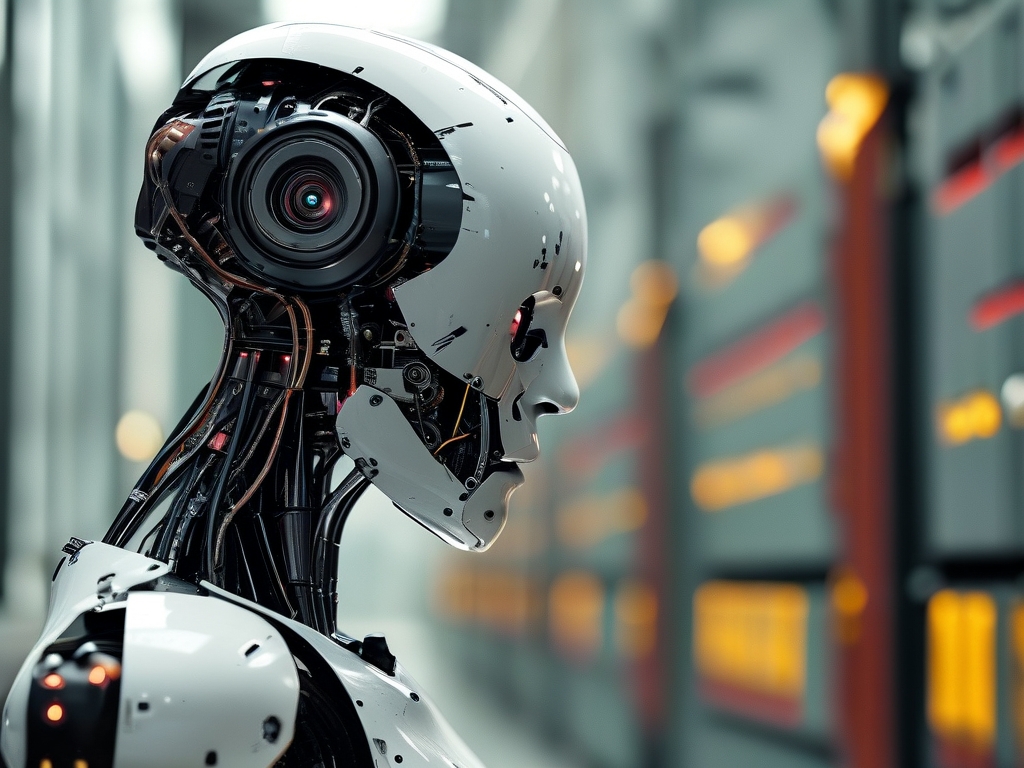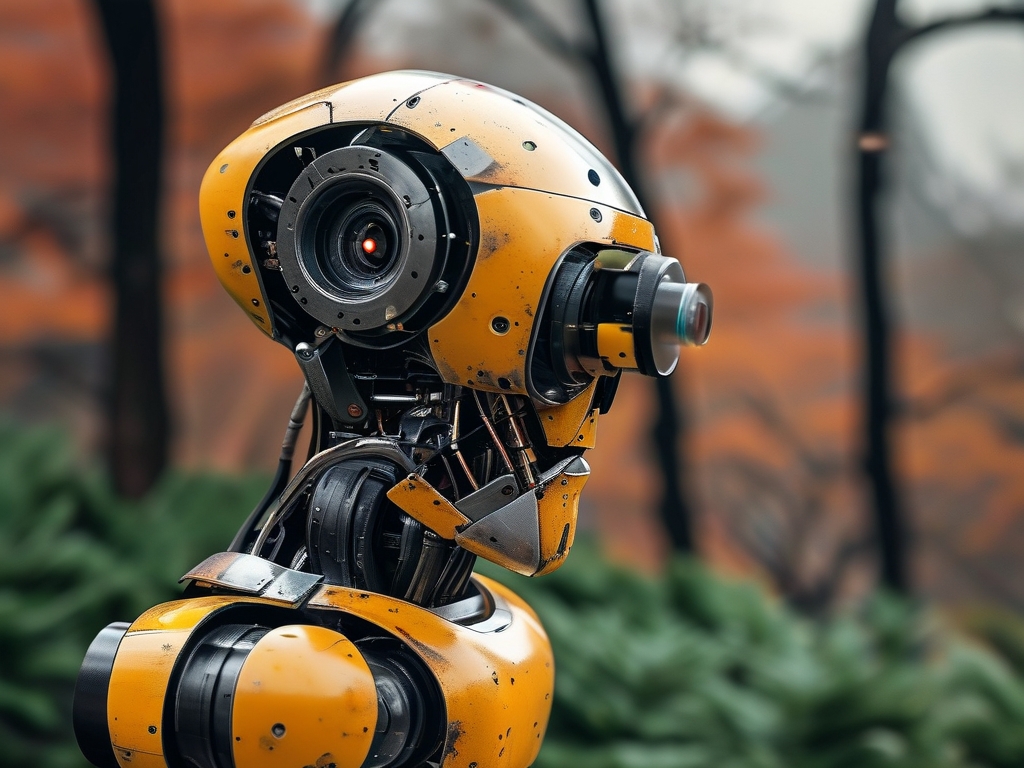In recent years, Wuhan University (WHU) has emerged as a pioneering institution in the field of robotics technology, particularly through its groundbreaking initiatives in robot technology adjustment. This term refers to the systematic optimization of robotic systems, algorithms, and applications to address real-world challenges while aligning with academic research goals. By integrating interdisciplinary expertise and fostering collaboration between academia and industry, WHU has positioned itself at the forefront of China’s robotics innovation. This article explores the university’s strategies, achievements, and future directions in this dynamic field.
1. The Evolution of Robotics at Wuhan University
Wuhan University’s robotics journey began over two decades ago, initially focusing on theoretical research in automation and control systems. However, the rapid advancement of artificial intelligence (AI), sensor technologies, and computational power prompted a strategic shift toward practical robotics adjustment. Today, WHU’s robotics labs specialize in adaptive systems, human-robot interaction, and precision engineering. A key milestone was the establishment of the Intelligent Robotics Research Center (IRRC) in 2018, which serves as a hub for interdisciplinary projects involving computer science, mechanical engineering, and biomedical engineering.

2. Core Principles of Robot Technology Adjustment
At WHU, robot technology adjustment revolves around three pillars:
- Adaptive Algorithm Optimization: Researchers develop machine learning models that enable robots to dynamically adjust their behavior in response to environmental changes. For example, drones used in agricultural monitoring are programmed to recalibrate flight paths based on weather conditions.
- Hardware-Software Synergy: Customized hardware designs, such as lightweight robotic arms for medical surgeries, are paired with real-time data processing software to enhance precision.
- Ethical and Safety Compliance: WHU emphasizes ethical AI frameworks to ensure robots operate transparently and safely in public spaces.
These principles are applied across diverse domains, including healthcare, smart manufacturing, and environmental conservation.
3. Case Study: Medical Robotics and Surgical Adjustment
One of WHU’s flagship projects is its minimally invasive surgical robot, MediBot-X2. Traditional surgical robots often lack the flexibility to handle complex anatomical variations. To address this, WHU researchers incorporated real-time tissue recognition algorithms and haptic feedback systems. During trials, MediBot-X2 reduced surgery time by 30% and improved accuracy in delicate procedures like neurosurgery. This success underscores the importance of continuous adjustment in robotics design.
4. Academic-Industrial Collaboration: A Catalyst for Innovation
WHU’s partnerships with tech giants like Huawei and Xiaomi have accelerated the translation of research into market-ready solutions. For instance, a joint project with Huawei’s AI lab focused on developing self-optimizing logistics robots for warehouse automation. These robots use WHU’s proprietary adjustment algorithms to minimize energy consumption while maximizing sorting efficiency. Such collaborations not only provide funding but also expose students to industry challenges, fostering a talent pipeline for China’s robotics sector.
5. Challenges in Robot Technology Adjustment
Despite progress, WHU faces hurdles. A major issue is balancing innovation with scalability. Customized adjustments for niche applications often require significant resources, limiting widespread adoption. Additionally, regulatory gaps in AI governance complicate the deployment of autonomous systems. To mitigate these challenges, WHU advocates for policy dialogues and standardized testing protocols.
6. Educational Initiatives and Talent Development
WHU’s robotics curriculum emphasizes hands-on learning. Students participate in adjustment hackathons, where they reprogram industrial robots to solve real-world problems. The university also offers dual-degree programs with international institutions, such as ETH Zurich, to cultivate global perspectives. Graduates from these programs are highly sought after by companies like DJI and Siemens.
7. Future Directions: Toward Sustainable and Inclusive Robotics
Looking ahead, WHU aims to pioneer green robotics—systems designed for energy efficiency and recyclability. Projects include solar-powered inspection robots for wetland conservation and AI-driven waste-sorting machines. Furthermore, the university plans to expand its community-focused initiatives, such as low-cost assistive robots for elderly care in rural areas.

Wuhan University’s robot technology adjustment initiatives exemplify how academic institutions can drive technological progress while addressing societal needs. By blending cutting-edge research with industry collaboration and ethical considerations, WHU is shaping a future where robots are not just tools but partners in human advancement. As the field evolves, the university’s adaptive approach will remain critical to overcoming emerging challenges and unlocking new possibilities.

